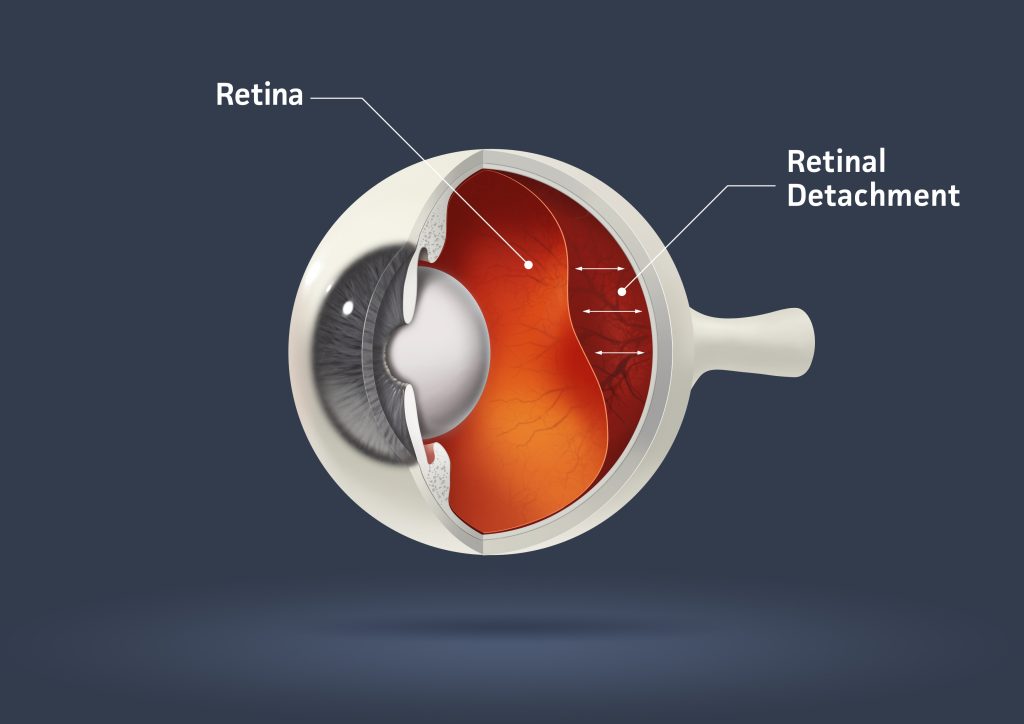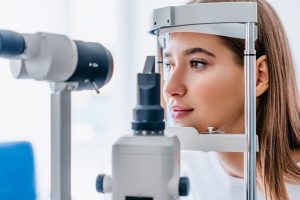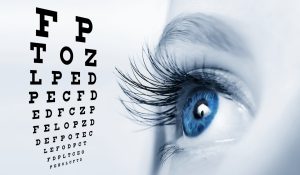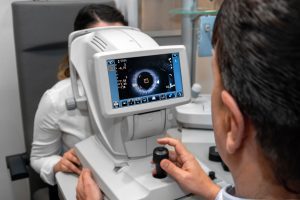How common is retinal detachment?
Retinal detachment is a serious eye condition that occurs when the thin layer of tissue at the back of the eye (the retina) pulls away from its normal position. While retinal detachment is relatively uncommon, it is considered a medical emergency that requires immediate attention. The overall prevalence of retinal detachment in the general population is estimated to be around 1 in 10,000 individuals per year. Certain factors, such as aging, nearsightedness (myopia), previous eye surgeries, trauma, and a family history of retinal detachment, can increase the risk. Although the condition is rare, it can have severe consequences for vision if left untreated. Recognizing symptoms like sudden onset of floaters, flashes of light, and changes in vision is crucial, as early diagnosis and intervention by an ophthalmologist can greatly improve the chances of preserving vision and preventing further complications. Regular eye exams and prompt attention to any unusual visual symptoms are important for maintaining optimal eye health and preventing potential vision-threatening conditions like retinal detachment.
Retinal detachment symptoms
Symptoms of retinal detachment can vary and may develop suddenly or progress gradually. It’s essential to be aware of these signs and seek immediate medical attention from an ophthalmologist if you experience any of the following:
- Sudden Appearance of Floaters: Seeing an increase in the number or size of floaters—dark spots, specks, or threads—in your field of vision.
- Flashes of Light: Perceiving sudden flashes of light, often described as lightning bolts or bright arcs, particularly in your peripheral (side) vision.
- Shadow or Curtain-Like Vision: Noticing a shadow or curtain-like veil descending over your visual field, may obstruct your ability to see clearly.
- Blurry or Distorted Vision: Experiencing sudden blurriness or distortion in your vision, which may affect objects’ shapes and details.
- Reduced Peripheral Vision: Observing a loss of peripheral (side) vision, makes it difficult to see objects or movement to the sides.
It’s important to emphasize that not everyone with a retinal detachment will experience all of these symptoms, and some individuals may have only subtle signs. However, any sudden changes in vision, especially if they occur rapidly, should be taken seriously. Retinal detachment is a medical emergency that requires immediate attention to prevent permanent vision loss. If you suspect retinal detachment or experience any of these symptoms, seek urgent evaluation by an ophthalmologist without delay.

Related FAQs
Wearing glasses or contacts can indeed affect dry eye symptoms, but the impact varies. Glasses can help shield the eyes from environmental factors that exacerbate dry eye, such as wind or air conditioning. On the other hand, contact lenses can sometimes worsen dry eye symptoms by absorbing tear moisture or by causing irritation. Certain types of contact lenses are designed to be more breathable and retain moisture better, which may be suitable for people with dry eyes. It’s crucial to discuss with an eye care professional to find the most appropriate type of contact lens or glasses. Proper care and hygiene when using contacts, along with regular breaks from screen use, can help minimize dry eye symptoms.
Dry eye syndrome can be both a temporary condition and a chronic disease, depending on its cause and severity. Environmental factors or certain life situations, such as screen use or air travel can cause temporary dry eye. Chronic dry eye, on the other hand, may result from systemic diseases, medication side effects, or age-related changes in tear production. Management and treatment can alleviate symptoms, but chronic dry eye often requires ongoing therapy. It’s important to consult with an eye care professional for an accurate diagnosis and treatment plan. Understanding the underlying cause is key to determining whether dry eye syndrome will be a temporary issue or a chronic condition.
Yes, some specific exercises and therapies can help relieve dry eye symptoms. Blinking exercises, for example, can help improve meibomian gland function and tear film stability. Warm compresses applied to the eyes can also stimulate tear production and release oils from the glands in the eyelids. Gentle eyelid massages can help spread the oils evenly across the eye surface, reducing dryness. Using a humidifier to add moisture to the air and taking regular breaks to rest the eyes during screen time can also be beneficial. Newer technologies such as IPL (Intense Pulsed Light) and RF (Radio Frequency) are also becoming available. Consulting with an eye care professional for personalized advice on exercises and therapies is recommended.
Sleep plays a crucial role in managing dry eye syndrome. Poor sleep can lead to insufficient eye lubrication and worsening dry eye symptoms. During sleep, the eyes rejuvenate and produce the moisture needed for the next day. Good sleep hygiene practices can help ensure the eyes are well-rested and hydrated. It’s also important to avoid sleeping with any airflow directly hitting the face, as this can dry out the eyes. Establishing a regular, restful sleep schedule can significantly improve dry eye symptoms.
Indeed, some medications can exacerbate dry eye symptoms. Diuretics, antihistamines, antidepressants, and some blood pressure medications are known to reduce tear production or alter tear composition. It’s important to review any current medications with a healthcare provider to determine if they could be contributing to dry eye symptoms. Sometimes, alternative medications with fewer dry eye side effects can be prescribed. Always consult with a healthcare professional before making changes to medication regimens. Patients should also stay hydrated and consider using artificial tears if taking medications known to cause dryness.
Yes, it is quite common for dry eye symptoms to worsen in certain weather conditions. Dry, windy, or smoky environments can lead to increased tear evaporation, exacerbating symptoms. Conversely, high humidity can sometimes alleviate dry eye symptoms because the air is more saturated with moisture. Cold weather, especially during winter when indoor heaters are used, can also dry out the eyes. It’s advisable to use humidifiers in such conditions to maintain indoor humidity levels. Wearing wraparound glasses or protective eyewear outdoors can help shield eyes from harsh conditions.
West Edmonton Vision Clinic
Visit our vision clinic in central West Edmonton for comprehensive eye exams, contact lens fittings, glasses, and more. LL Eyecare Centre is dedicated to providing the highest quality optometric services and products to our patients. Our team of experienced optometrists is here to help you with all of your eye care needs. Schedule an appointment today!
Clinic Hours
Monday Closed
Tuesday 9:00-5:00
Wednesday 9:00-5:00
Thursday 9:00-5:00
Friday 9:00-5:00
Saturday 9:00-2:00
Closed Sunday / Holidays




